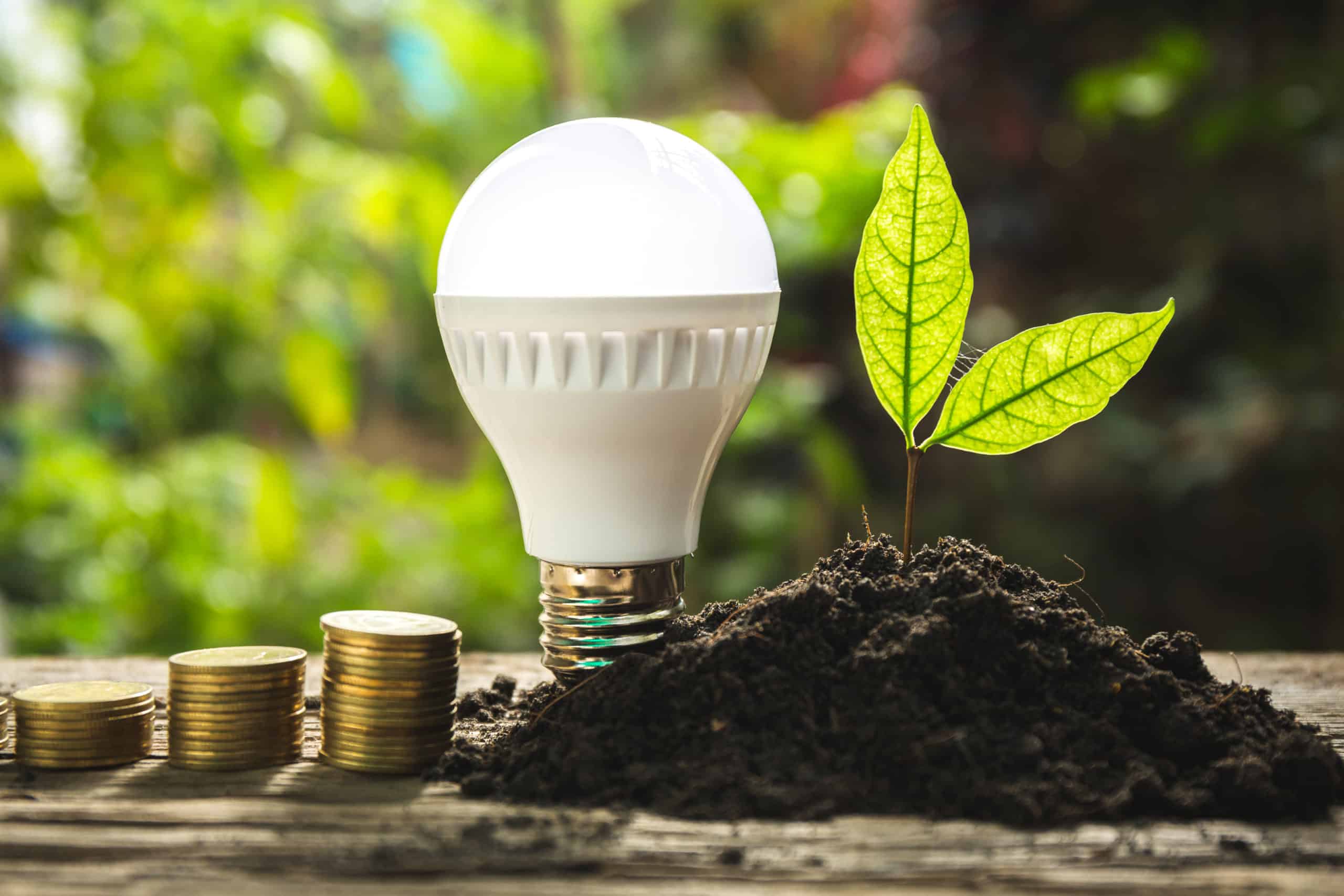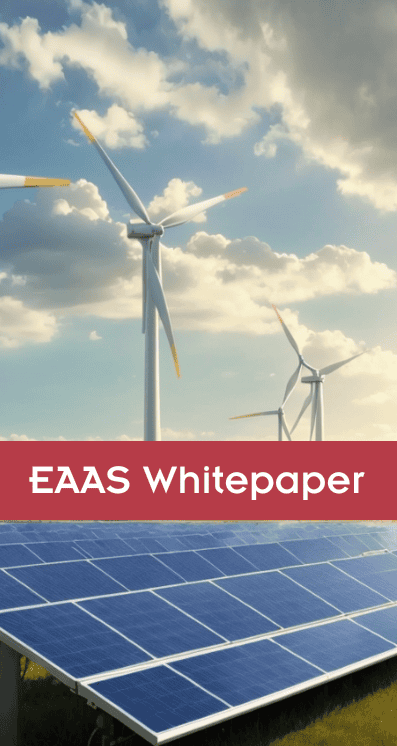Best Practices to Reduce MUD Energy Costs

The cost of electricity is an ever-changing commodity that affects each of us and our businesses.
As electricity rates continue to rise, several factors contribute to this. Climate-related events over the past few years, the rising cost of natural gas, and the current conflict in Europe are just a few and they show no signs of stopping. While the likelihood of a decrease in rates is far less possible than an increase, finding ways to save money on electricity can be tricky if you overthink it. While there are several organizations out there that can offer you different ways to save money by signing up for various products, the commonsense approach of conservation will save you money every time.
It’s easy to think this way when you are at home. Making sure lights are turned off when they aren’t being used, turning off televisions that aren’t being watched, and keeping an eye on the AC are just a few. But how do we implement the conservation of electricity in our MUDs? Water and wastewater plants take a lot of electricity to run and it’s not as simple as remembering to turn a light off to conserve energy. Director involvement in the conservation process begins with educating them on what steps they can take to help their plant to run more efficiently.
Equipment upgrades at your plant are a good place to start. At your wastewater plant, the blowers used in the aeration chambers run 24/7 and consume a lot of the plant’s energy. Making sure you are using turbo blowers instead of conventional ones is one way to save energy. The turbo blowers are about 10-20 percent more efficient and are smaller and quieter than conventional blowers. This may seem like a small amount but the annual savings are easily noticed when budget time comes around.
Pumps at the wastewater plant and the lift stations also consume a lot of electricity as there are several that are running constantly and others that come on as needed during peak usage times. Making sure that your district is using energy-efficient pumps and having the floats (sensor mechanisms that tell the pump when to turn on) set correctly are sure ways to conserve.
Operational modifications are another way to conserve energy at your plants. Energy-efficient lighting should be installed at the plants and only used at night. This seems like a simple one, but I can’t tell you how many plants I’ve been in that are all running their lights during the day. Installing a SCADA, which is an automated system that can monitor the plant and collect important data, can save you time and energy as it will help control the total process. It also will give your operator some peace of mind when daily maintaining your facilities.
Another way for your district to conserve energy is by joining an aggregation program such as the one Acclaim offers. Aggregating with other districts can save your district a lot of money by combining your load profile with other districts to procure a better rate per kWh. With all the volatility in the market today, it is best to lock in a lower rate now and avoid an impact on your budget in the future.



